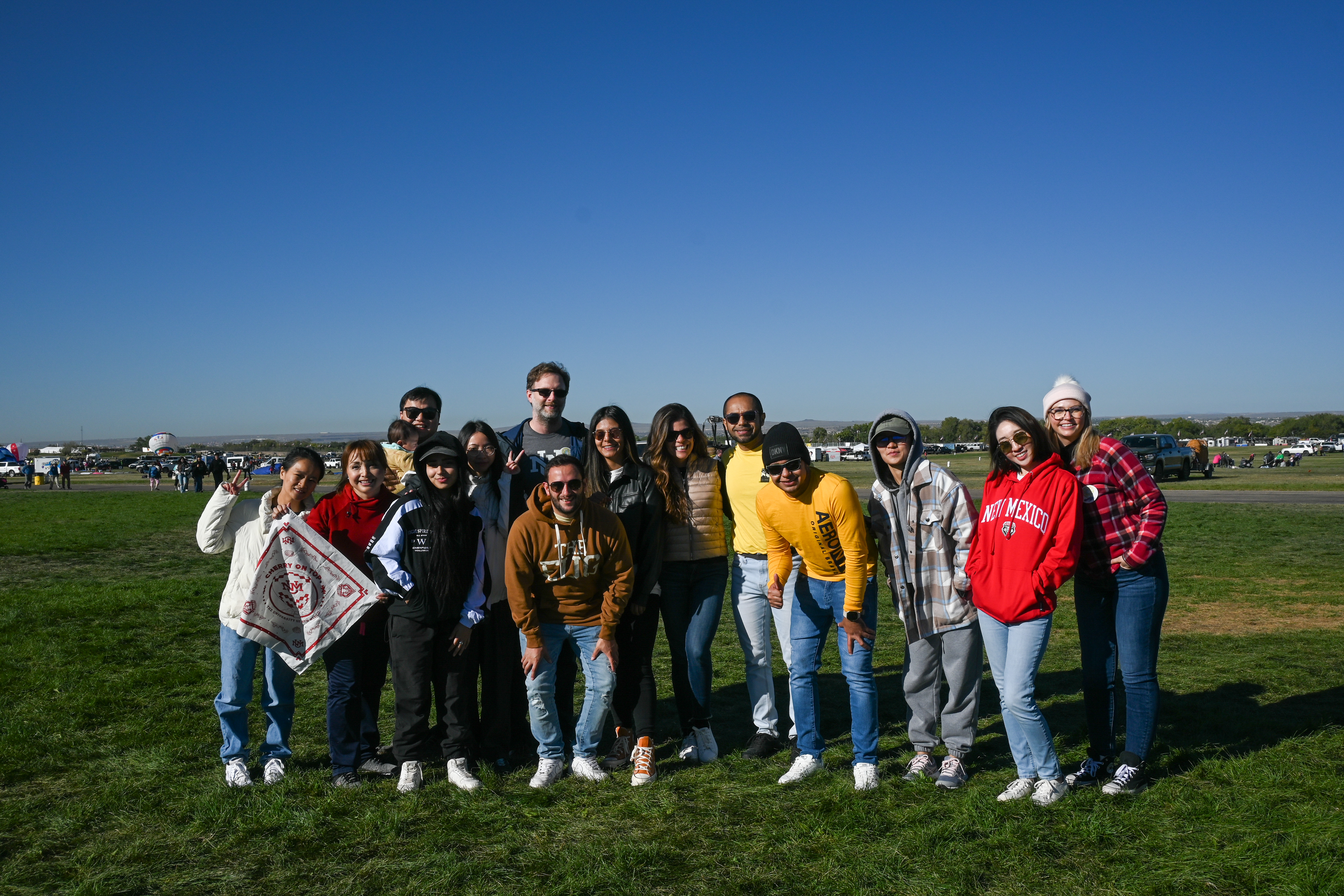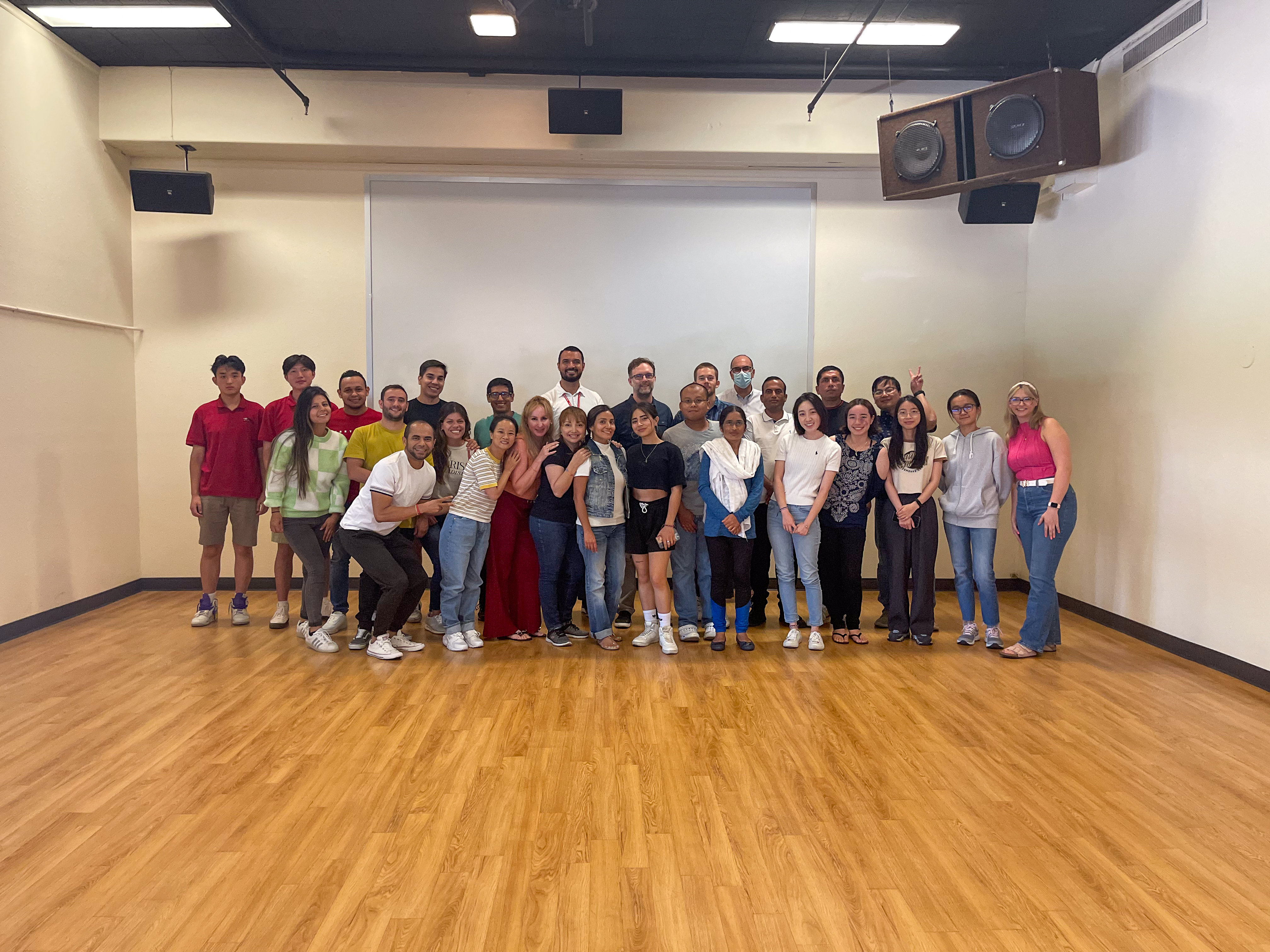CELAC Courses Offered
Apply Now
Academic Reading
Students will learn:
- skills to read more efficiently
- strategies to improve vocabulary and comprehension
- how to summarize, interpret, read critically, and draw conclusions
- how to understand texts by scanning
Students use a variety of materials including scholarly articles, fiction, scientific texts, magazine articles, business documents and others. Most of the readings from our textbooks will fall into four categories that one expects to encounter in college: Reflecting, Reporting, Explaining, and Arguing.
Academic Writing
Students will learn:
- the conventions of general and academic written English
- how to express ideas in a clear manner
- increased vocabulary appropriate for different writing rhetorical modes
- skills for editing written work
- essential research methods
- important documentation skills
Students produce a variety of papers including academic paragraphs, academic essays, and research papers. Students will also analyze different modes of writing, which include narrative, process, compare & contrast, argument, persuasion, and cause & effect.
Conversation
Students will learn:
- how to develop listening skills
- how to develop speaking skills
- how to improve their understanding of formal and informal conversations
- how to takes notes during academic lectures
- how to conduct formal presentations
Grammar
Students will learn:
- how to use formal and informal grammatical structures
- how to use these grammatical structures in a variety of contexts
- how to use these grammatical structures in both oral and written form
Students build on the syntactic knowledge of English grammar for both formal and informal usage. Class time is used to strengthen students’ abilities to produce new grammatical structures to develop their communication skills both inside and outside of the classroom.
Full-time attendance:
- Students who are on a F-1 visa are required to take a full-time course load.
- Full-time study includes all four courses and roughly 20 hours of instruction per week.
Part-time attendance:
- Students who are U.S. citizens or permanent residents can take part-time courses.
- Students who are on eligible visa types NOT including F-1 student visas may be able to take part-time courses. Please contact us to confirm if you are eligible for part-time study.



